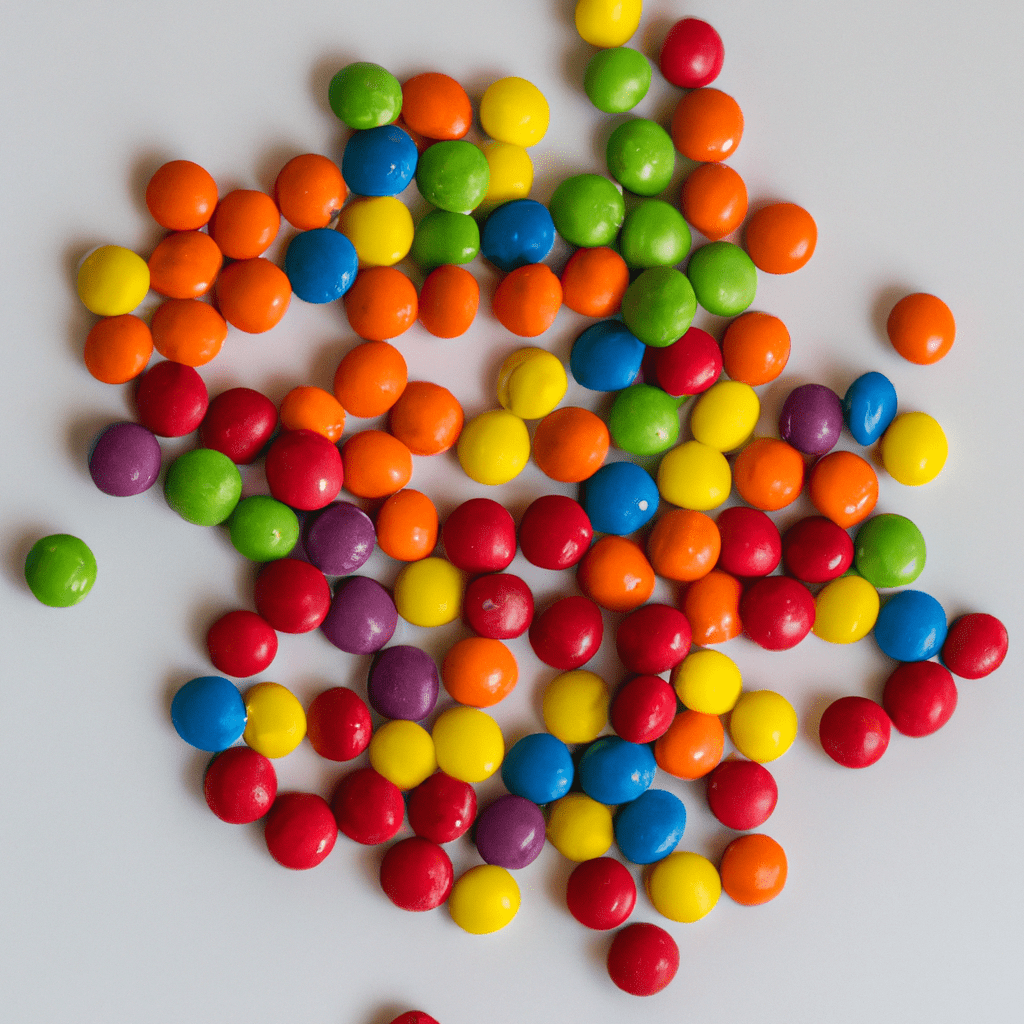kittles, the rainbow-colored candy loved by millions of people around the world, has been a staple in the confectionery industry for decades. However, recent concerns about the artificial dyes used in Skittles and their potential health risks have led to an ongoing debate. This blog aims to explore the controversy surrounding Skittles’ dye ingredients, the reasons behind the call for a ban, and the implications it may have on the candy industry and consumers.
Understanding the Ingredients:
Skittles, created by the Wrigley Company, contains various artificial dyes to achieve its vibrant and distinct colors. Ingredients like Red 40, Yellow 5, Yellow 6, and Blue 1 are common in Skittles, as well as other food products. These dyes are also found in a wide range of snacks, beverages, and even personal care products. However, it is the cumulative effect of consuming these dyes over time that has raised concerns among health-conscious individuals.
Health Concerns Surrounding Artificial Dyes:
Several studies have linked artificial food dyes, including those used in Skittles, to potential health risks. Hyperactivity in children, allergic reactions, and behavioral issues are among the reported side effects. These concerns have prompted health advocates, parents, and consumer groups to urge manufacturers to eliminate or reduce these dyes from their products to safeguard public health.
Government Regulations and Industry Response:
Government agencies like the U.S. Food and Drug Administration (FDA) closely regulate food additives, including artificial dyes. While the FDA maintains that the available evidence does not establish a direct link between artificial dyes and adverse health effects, they require these additives to be clearly listed on food labels. However, in response to consumer demands, some manufacturers have voluntarily removed or replaced dyes in their products.
The Skittles Dye Ban: A Movement Gains Momentum:
Despite the industry’s response to consumer concerns, the call for a complete ban on artificial dyes in Skittles continues to grow. Advocacy groups argue that the potential health risks outweigh the aesthetic appeal of vibrant candy colors. They highlight the success stories of companies that have transitioned to natural alternatives and emphasize that the candy industry should follow suit.
Impacts on the Candy Industry and Consumer Choices:
A ban on artificial dyes in Skittles would undoubtedly have a significant impact on the candy industry. Manufacturers would need to find suitable alternatives, potentially affecting taste, texture, and overall consumer satisfaction. Additionally, the cost of production may increase, potentially leading to price hikes.
On the other hand, a dye-free Skittles alternative could cater to health-conscious consumers who are wary of artificial additives. This change might also drive innovation and promote the use of natural colorings within the confectionery industry, setting a new standard for other candy manufacturers.
The controversy surrounding Skittles and its artificial dyes underlines the complex relationship between food, health, and consumer choices. While the debate over banning these dyes continues, it remains essential for consumers to stay informed about product ingredients and their potential health impacts. As awareness grows, the food industry may be compelled to further prioritize natural alternatives and transparency, creating a safer and more sustainable future for candy enthusiasts worldwide.

